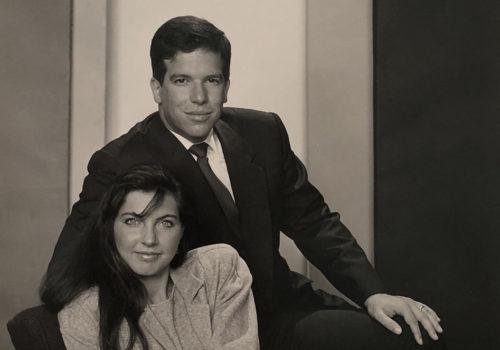In September last year, the J. Paul Getty Museum announced the acquisition of a collection of 209 photographs by the French photographer Eugène Atget. It had been built over 25 years by Dan and Mary Solomon, by carefully adding one masterpiece after another.
The couple prefers to keep a low profile in the photography world but are incredibly active as collectors, curators, publishers, and most significantly as generous donors to over a dozen museums. Among the institutions that have received significant donations from them are The National Gallery of Art, the FAMSF/de Young Museum and The J. Paul Getty Museum.
















